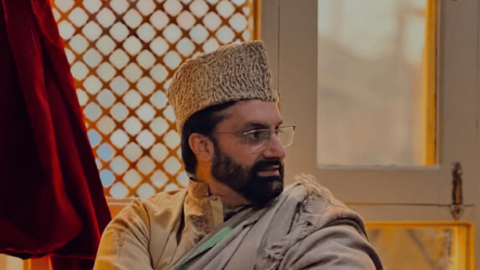On December 27th, Mirwaiz Muhammad Umar Farooq, was barred from leaving his house to lead…
1947
With the end of British colonial rule in South Asia in 1947, and the creation of the modern Indian state and Pakistan in its aftermath, most of the princely states had to accede to one of the two newly-found dominions. The British asked “Princely Rulers” to accede either to India or to Pakistan based on geographical contiguity and religious demography. According to this Partition logic, Kashmir should have gone to Pakistan, as the state has a close to 77 percent Muslim population. Despite Kashmir’s overwhelming Muslim majority, the Dogra ruler of the time, Hari Singh, chose to cede the state of Jammu and Kashmir to Hindu-majority India without ascertaining the will of the Muslim population. Many historians question the legal validity of the accession as there was an ongoing popular rebellion against the Dogra ruler, and he possessed no political legitimacy. In Poonch, along the border with newly-created Pakistan, local Muslims struggled for their liberation from the Dogra rulers and established Azad (Free) Jammu and Kashmir (AJK), merging the liberated area with Pakistan. Kashmir valley was militarily occupied by India in October of 1947. In September and October 1947, Hindu extremists and Dogra troops attacked Jammu’s Muslims, murderings tens of thousands. According to historians, about 200,000 Muslims were killed and an equal number turned into refugees. In November, Nehru said: “Kashmir should decide about accession by plebiscite or referendum under international auspices such as those of the United Nations.”




